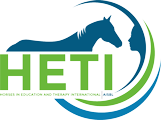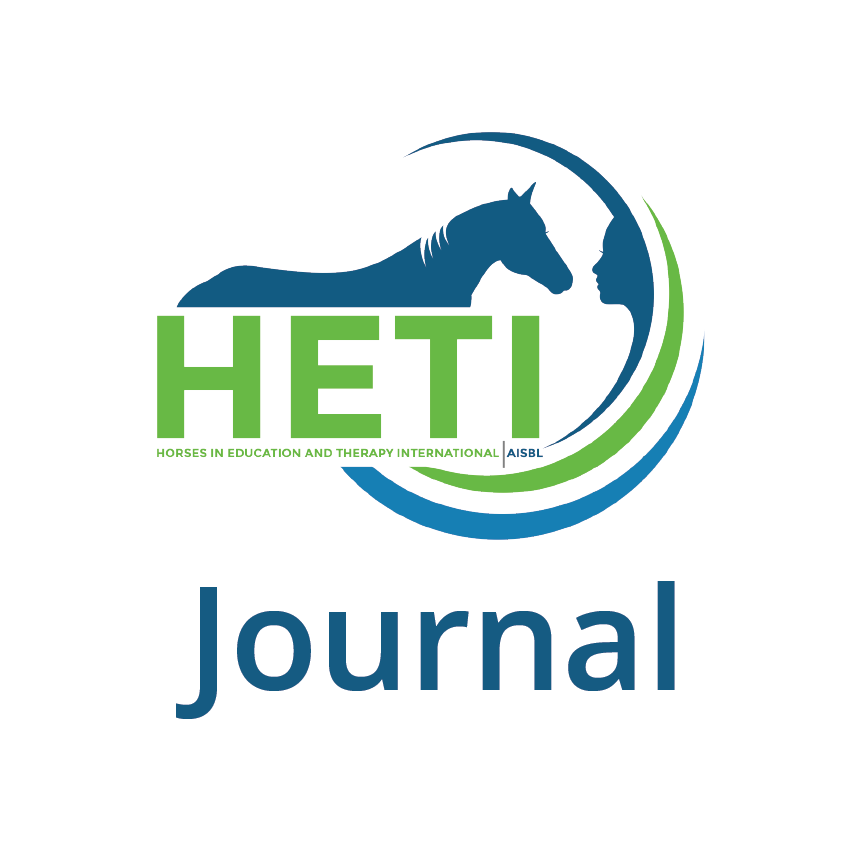Ridetherapy Method of Teaching and Development of Movement Habit Among the Children with Cerebral Palsy 2004
€5.00
| Author | Nino Ionatamishvili, Dimitri Tsverava, Manana Loria, Lali Avaliani, Manana Rukhadze |
|---|---|
| Year | 2004 |
Ingles et al (3) summarize the diagnosis of cerebral palsy as a "syndrome of sensorymotor dysfunction due to non-progressive brain damage that has usually taken place pre- or-perenatally.
These patients commonly show disorders of posture and of gait, and stereotyped abnormal patterns of movements. They suffer from both spastic and flaccid paralyses as well as characteristic involuntary, at heptode movements".
Child cerebral palsy (CCP) covers all aspects of disorders of motor, sensor systems and those structures that as a result of studding should become a base of highest activity forms that we call highest cortical functions. Consequently, involving various combinations of motor (pyramid, striopalid, cerebellar), sensor disorders and retardation different CCP forms require early revelation of compensatory abilities in childhood and its maximum usage.

